Glass Fibre: Manufacturing Process, 2 Main Types and End Uses
Last updated on October 3rd, 2023 at 12:03 pm
Introduction
Fibreglass is also known as glass fibre or fibre glass. The knowledge that fibres could be made from glass is probably as old as glass itself. Molten glass is viscous like treacle, and on being touched with anything, it will ‘string out’ to form a filament when it is drawn away. As glass is in a molten condition during its manufacture, these filaments must have been discovered at an early date. Nature herself produces glass fibres of this type from molten volcanic glass that is spun into fibres by the wind.
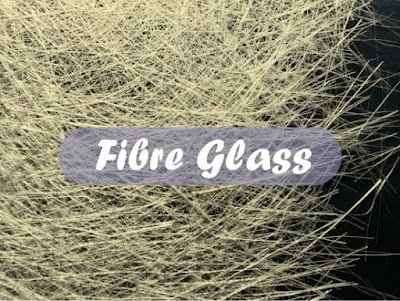
Definition of Glass
Fibres spun from sodium calcium silicate and related substances forming the materials known commercially as glass.
Definition of Fiber Glass
The generic term glass was adopted by the U.S. Federal Trade Commission for fibres of this type, the official definition being as follows:
“A manufactured fibre in which the fibre-forming substance is glass”
2 Main Types of Fibre Glass
Glass is made in a wide variety of different compositions, and fibre may be spun from virtually any glass to provide material suited to particular applications.
In general, there are two main types of textile glass fibre in large-scale commercial production; ‘E’ glass and ‘C’ glass. Both types are similar, but each is designed to serve to advantage in specific end-uses.
‘E’ glass is a boro-silicate glass of low alkali content. It has a very high resistance to attack by moisture, and has superior electrical characteristics and high heat resistance.
‘C’ glass has superior resistance to corrosion by a wised range of chemicals, including acids and alkalis. It is widely used for applications where such resistance is required, e.g. in chemical filtration.
Glass wool fibre for non-textile applications is also spun from glasses of other compositions. Continuous filament is spun from ‘A’ glass (alkali glass; window glass).
Available Forms of Fibre Glass
Glass fibre is produced in two basic form; continuous filament and staple fibre.
Continuous Filament
Continuous filament glass fibres are made usually from ‘E’ glass. They are produced in a range of filament diameters, with an upper limit in the region of 12 microns (for textile applications). Continuous filaments are produced in the form of strands containing many individual filaments – e.g. from 51 to 4,000 depending on specific requirements.
Staple Fibre
Glass staple fibres are made usually from ‘C’ glass. They are produced in a range of filament counts and lengths, e.g. from 2 to 38 cm.
Commercial Products of Glass Fibre
Glass continuous filament strands and staple fibre are commonly marketed by the manufacturers in a variety of made-up forms.
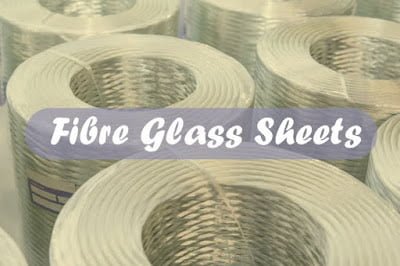
Continuous Filament Yarn
This is made by twisting or plying a number of continuous filament strands. The numbers which are twisted or plied together affect the yarn’s strength, diameter and flexibility.
Continuous filament yarns are fabricated into cords and sewing threads. They are widely used, for example, as reinforcement in electrical insulation materials, wire and cable, plastics, etc., as filtration materials, and in decorative fabrics.
Staple Fibre Yarn
Yarns spun from staple fibre are woven into fabrics used for wet and dry filtration operations. They are used also as reinforcement in conveyor belts handling hot materials, and as braids in electrical insulation applications.
Staple fibre yarn is commonly supplied in combination with flame-proof waxes, and commercial insulation varnishes.
Staple Sliver
This is a low-cost wadding material. It is used, for example, in aquarium filtration applications. Woven into fabric, it provides electrical turbine generator thermal blankets.
Bulk Staple Fibre
A fluffy, bulky fibre that is used for air and liquid filtration, pharmaceutical wadding etc.
Fine fibre – unbounded
A mass of soft, fluffy fibre, ranging in diameter from 1.5 to 3 microns. They are used for ‘all glass’ papers and high efficiency filtration applications.
Bonded Staple Sliver
A ribbon of parallel fibres bonded together with an alkyd resin. It is used as filler, and also as an outer braid for many electrical cable applications.
Cordage
Cordage is made by twisting, plying and cabling continuous filament yarn. It is commonly available in a variety of diameters ranging, for example, from 0.4 – 4 mm. It may be untreated, or treated with various coatings.
Cords are used in cable wrapping seals, reinforcement of high pressure steam hose, etc.
Sewing Thread
Sewing threads are made from very fine continuous filament yarns. They have the highest tensile strength, flexibility and resistance to high temperatures of any textile sewing thread.
Mat
A non woven material used primarily in plastics reinforcement. It is distributed in a random pattern to ensure maximum uniformity in the finished laminate. Mats are treated with various bonding resins to provide optimum capability with the laminating resin, and the desired handling and fabrication characteristics.
Roving
This is low-cost, high-strength reinforcement material made by gathering a number of continuous filament strands and winding them into a cylindrical package. It is available in two forms: continuous strand roving and spun strand roving.
Chopped Strands
These are available in a wide variety of fibre lengths. They are used as reinforcement for resins, and for reinforcing putties, caulking compounds and foam rubber. They are also used for gypsum wallboard reinforcement.
Milled Fibres
These are made from hammer-milled continuous filament strands. They are used where shorter fibre lengths are required for reinforcement applications.
Fabrics and Tapes
These are made from continuous filament yarns, roving and staple yarns, by weaving on conventional looms.
Fabrics and tapes may be processed through molding, laminating and coating techniques. They are used in applications requiring the most exact control over thickness, weight and strength, including industrial filtration, electrical insulation and decorative fabrics.
Manufacturing Process of Fibre Glass
Glass Manufacture
Glasses of many different compositions are made by the glass industry, the type produced being selected to suit the end-uses for which it is required. Silica sand and limestone may be regarded as basic ingredients, to which are added varying amounts of other materials such as soda ash, potash, aluminium hydroxide or alumina, magnesia or boric oxide.
The glasses commonly used in making textile fibres – ‘E’ glasses and ‘C’ glasses – are made from compositions of the following type –
‘E’ Glass
| Ingredient | Amount (%) |
| Silica | 52.5-53.5 |
| Lime | 16.5-17.5 |
| Magnesia | 4.5-5.5 |
| Alumina | 14.5 |
| Soda; Potash | Less than 1.0 |
| Boric oxide | 10.0-10.6 |
‘C’ Glass
| Ingredient | Amount (%) |
| Silica | 62.0-65.0 |
| Lime | 6 |
| Potash | 1.0-3.0 |
| Alumina | 1 |
| Soda | 11.0-15.0 |
| Boric oxide | 3.0-4.0 |
Fibreizing
The ingredients are charged into a furnace, where they are fused at high temperature, forming molten glass. Filaments may be spun direct from this melt, or the glass may be formed into marbles of 16 mm diameter. The marbles are inspected, and any that contain impurities are discarded. The others are then passed to the spinning machines, fibreizing units or ‘bushings’ as they are called in the glass fibre industry.
a. Continuous filament process
b. Staple fibre
There are a number of methods of producing glass staple fibre, the most important of which may be considered as follows:
- Centrifugal process
- Jet process (Steam blowing, Batwool or Staplefibre process)
- Rod drawing process
Processing of Fibre Glass
- Sizing
- Heat-cleaning
- Heat-setting
- Dyeing
- Printing
- Finishing
- Washing
- Drying
- Ironing
End-Uses of Fibre Glass
Insulation
Glass fibres are widely used for electrical, thermal and acoustical insulation purposes. They are less bulky and more efficient in many respects than other insulators.
Reinforcement in Plastics
The use of glass fibre is reinforcement in plastic has become the largest single end-use for textile type fibres. Glass fibres reinforce plastics in the same way as steel reinforces concrete. The non-flammability of the fibres, and their resistance to corrosion and biological attack, has added to their efficiency in this application.
Industrial Filtration
Glass fibres and fabrics are used for filtering gases and liquids in many industrial operations.
Belting
Glass yarns used as reinforcement in industrial belting, including conveyor belts for handling hot materials and driving belts, particularly toothed timing belts foe car engines and industrial machinery.
Type Cords
Glass yarns used as reinforcement in radial ply tyres results in better miles-per-gallon, greater tread life, improved cornering and cooler running than tyres reinforced with other types of yarn. This is a major market for glass fibres, especially in the U.S.A.
Textiles
Glass fibres have much to recommend them as textile fibres. They are strong and stable to moisture, heat and other influences. Glass fabrics have a poor resistance to abrasion, the filaments, breaking as they rub against each other during use. Glass fibres have only a very small elongation, and do not have the ‘give’ that is so desirable a characteristic of a textile fibre. They do not absorb moisture, and the fabrics are uncomfortable against the skin. They cannot be dyed by normal techniques.

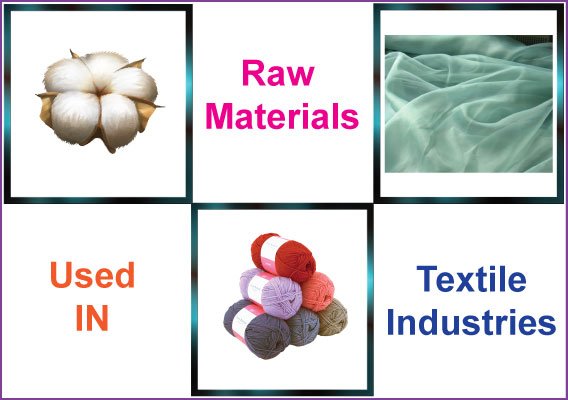
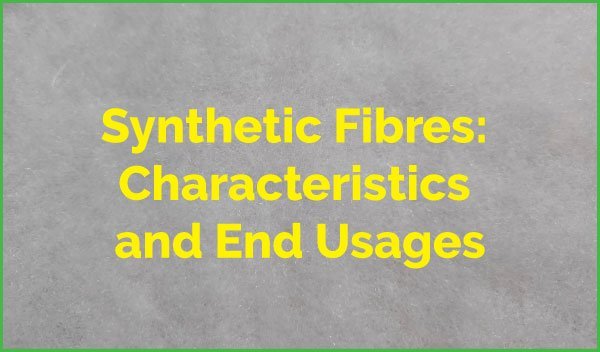
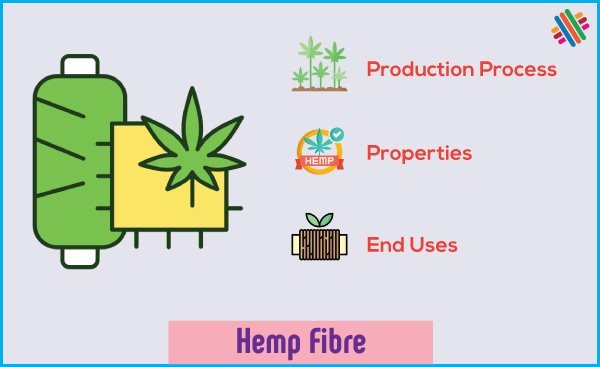
onek large hoye gese vai,
Google loves it.
It is the most important for technical textile
Existing without the answers to the difficulties you’ve sorted out through this guide is a critical case, as well as the kind which could have badly affected my entire career if I had not discovered your website.